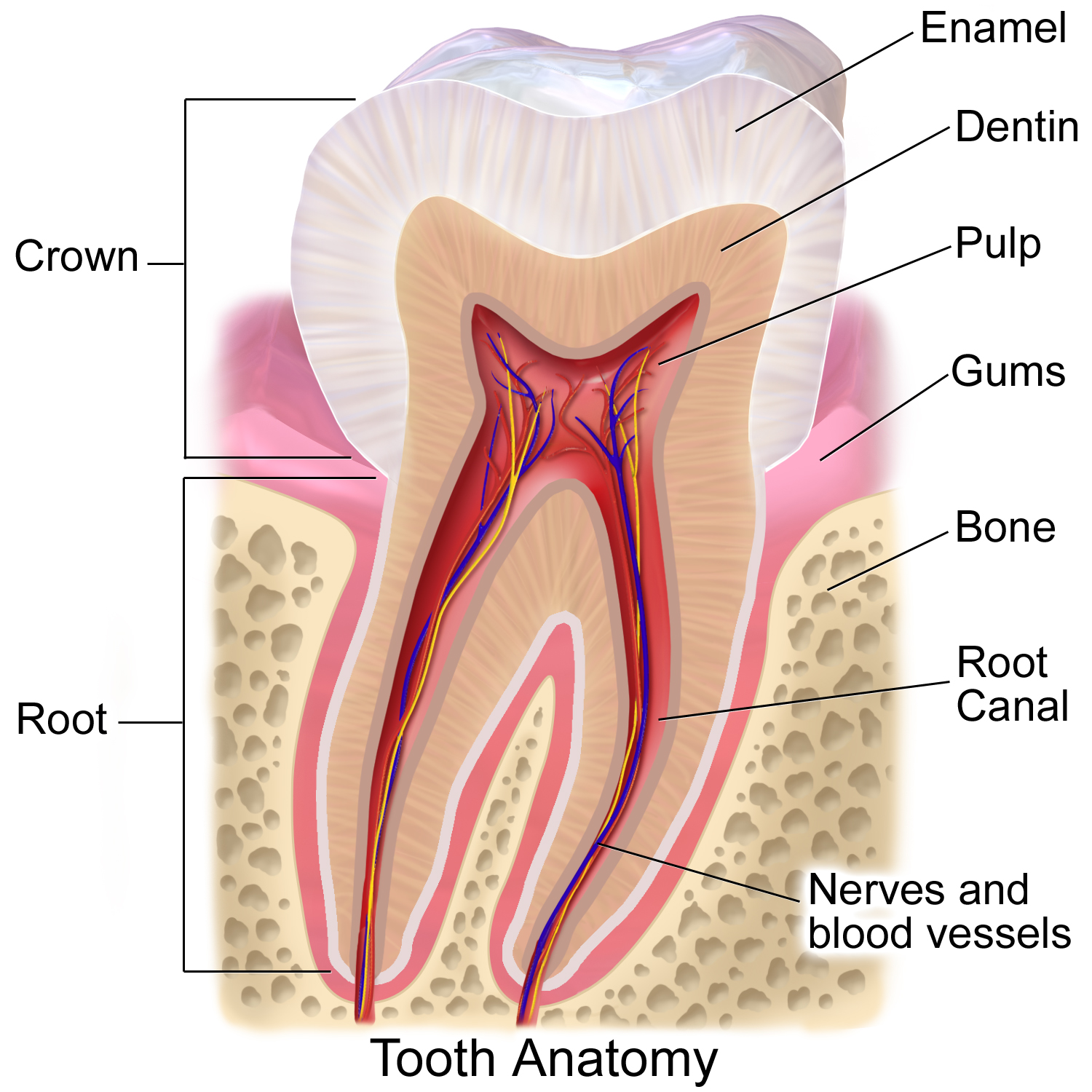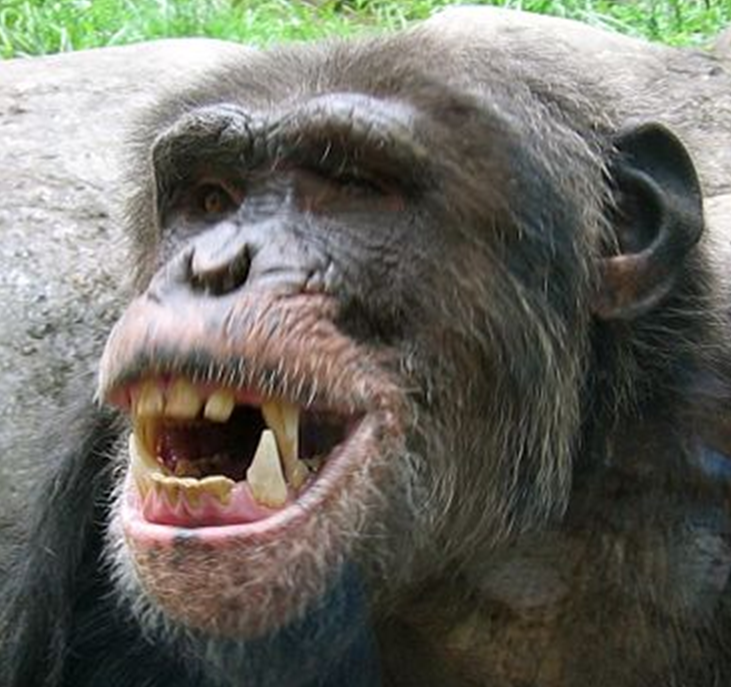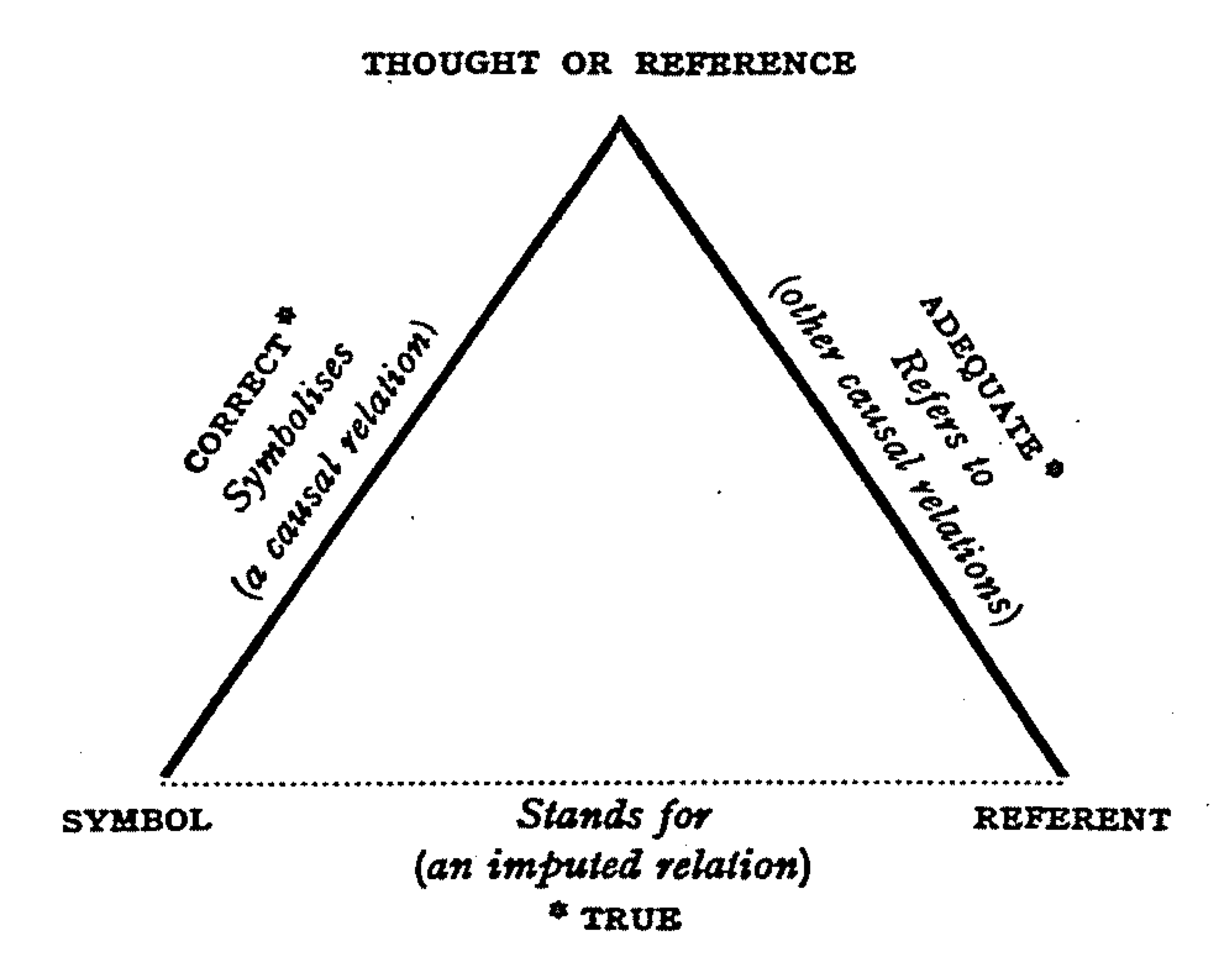|
Mesotheriidae
Mesotheriidae ("Middle Beasts") is an extinct family of notoungulate mammals known from the Oligocene through the Pleistocene of South America. Mesotheriids were small to medium-sized herbivorous mammals adapted for digging. Characteristics Mesotheriids were small to medium-sized notoungulates; larger forms were approximately the size of a sheep. Shockey et al., 2007 Additionally, the family is characterized by specializations of the teeth and skeleton. In the dentition, all mesotheriids have ever-growing incisors with enamel restricted to the anterior surface, a condition termed gliriform, as it also occurs in Glires (rodents and lagomorphs). The cheek teeth (premolars and molars) of mesotheriids are high-crowned (hypsodont) and in advanced members of the family, the cheek teeth are also ever-growing. Mesotheriid skeletons are heavily built and show features associated with digging in living mammals. In particular, fossorial characteristics of mesotheriids include deeply fi ... [...More Info...] [...Related Items...] OR: [Wikipedia] [Google] [Baidu] |
Trachytherus
''Trachytherus'' is an extinct genus of mesotheriid notoungulate that lived from the Late Oligocene to the Early Miocene in what is now South America. Description ''Trachytherus'' had a relatively low, compact skull with an elongated snout, longer than in '' Mesotherium'' but very similar. The postorbital process was also smaller and the nasal bones did not extend as far as in ''Mesotherium''. The most notable difference between the two genera was in the zygomatic arch ; in the anterior region, the insertion surface of the lateral masseter was highly developed, but not as large than in ''Mesotherium''. The first upper incisor was highly developed, continuously growing (hypsodont) and arched, with an enamel band only on the labial side. The following incisors, canines and premolars were greatly reduced or vestigial. The last three premolars were molar-like, with a very complex pattern rapidly disappearing with wear. The molars were similar to those of '' Pseudotypotherium'' an ... [...More Info...] [...Related Items...] OR: [Wikipedia] [Google] [Baidu] |
Mesotherium
''Mesotherium'' ("Middle Beast") is an extinct genus of mesotheriid, a long-lasting family of superficially rodent-like, burrowing notoungulates from South America. It one of the youngest notoungulates, and the last known member of Typotheria. It was first named by Étienne Serres in 1867, and through further finds now contains four species, ''M. cristatum'', ''M. hystatum'', ''M. maendrum'', and ''M. pachygnathum''. Fossils have been found in Argentina, dating to the Early-Middle Pleistocene. Etymology Serres named ''Mesotherium'' so due to his belief that it was an intermediate between rodents and pachyderms (or ungulates), due to its large upper incisors, and its size and proportions. "Serres—by a happy inspiration proposed calling it Mesotherium—as being a common centre towards which all mammalia got happily confounded," Hugh Falconer wrote Darwin in April 1863. "Bravard sent it home under the name of Typotherium as being the central type from which all mammals diverg ... [...More Info...] [...Related Items...] OR: [Wikipedia] [Google] [Baidu] |
Notoungulata
Notoungulata is an extinct order of mammalian ungulates that inhabited South America from the early Paleocene to the Holocene, living from approximately 61 million to 11,000 years ago. Notoungulates were morphologically diverse, with forms resembling animals as disparate as rabbits and rhinoceroses. Notoungulata are the largest group of South American native ungulates, with over 150 genera in 14 families having been described, divided into two major subgroupings, Typotheria and Toxodontia. Notoungulates first diversified during the Eocene. Their diversity declined during the Late Neogene, with only the large toxodontids persisting until the end of the Pleistocene. Collagen analysis suggests that notoungulates are closely related to litopterns, another group of South American ungulates, and their closest living relatives being perissodactyls (odd-toed ungulates), including rhinoceroses, tapirs and equines. but their relationships to other South American ungulates are uncert ... [...More Info...] [...Related Items...] OR: [Wikipedia] [Google] [Baidu] |
Glires
Glires (, Latin ''glīrēs'' 'dormice') is a clade (sometimes ranked as a grandorder) consisting of rodents and lagomorphs (rabbits, hares, and pikas). The hypothesis that these form a monophyletic group has been long debated based on morphological evidence. Two morphological studies, published in 2001 and 2003, strongly support the monophyly of Glires. In particular, the 2003 study reported the discovery of fossil material of basal members of Glires, particularly the genera '' Mimotona'', '' Gomphos'', '' Heomys'', '' Matutinia'', '' Rhombomylus'', and '' Sinomylus''. Their description, in 2005, helped to bridge the gap between more typical rodents and lagomorphs. Data published in 2001, based on nuclear DNA, supported Glires as a sister of Euarchonta to form Euarchontoglires, but some genetic data from both nuclear and mitochondrial DNA have been less supportive. A study, published in 2007, investigating retrotransposon Retrotransposons (also called Class I transposable ... [...More Info...] [...Related Items...] OR: [Wikipedia] [Google] [Baidu] |
Tooth Enamel
Tooth enamel is one of the four major tissues that make up the tooth in humans and many other animals, including some species of fish. It makes up the normally visible part of the tooth, covering the crown. The other major tissues are dentin, cementum, and dental pulp. It is a very hard, white to off-white, highly mineralised substance that acts as a barrier to protect the tooth but can become susceptible to degradation, especially by acids from food and drink. Calcium hardens the tooth enamel. In rare circumstances enamel fails to form, leaving the underlying dentin exposed on the surface. Features Enamel is the hardest substance in the human body and contains the highest percentage of minerals (at 96%),Ross ''et al.'', p. 485 with water and organic material composing the rest.Ten Cate's Oral Histology, Nancy, Elsevier, pp. 70–94 The primary mineral is hydroxyapatite, which is a crystalline calcium phosphate. Enamel is formed on the tooth while the tooth develops wit ... [...More Info...] [...Related Items...] OR: [Wikipedia] [Google] [Baidu] |
Incisor
Incisors (from Latin ''incidere'', "to cut") are the front teeth present in most mammals. They are located in the premaxilla above and on the mandible below. Humans have a total of eight (two on each side, top and bottom). Opossums have 18, whereas armadillos have none. Structure Adult humans normally have eight incisors, two of each type. The types of incisor are: * maxillary central incisor (upper jaw, closest to the center of the lips) * maxillary lateral incisor (upper jaw, beside the maxillary central incisor) * mandibular central incisor (lower jaw, closest to the center of the lips) * mandibular lateral incisor (lower jaw, beside the mandibular central incisor) Children with a full set of deciduous teeth (primary teeth) also have eight incisors, named the same way as in permanent teeth. Young children may have from zero to eight incisors depending on the stage of their tooth eruption and tooth development. Typically, the mandibular central incisors erupt first, ... [...More Info...] [...Related Items...] OR: [Wikipedia] [Google] [Baidu] |
Dentition
Dentition pertains to the development of teeth and their arrangement in the mouth. In particular, it is the characteristic arrangement, kind, and number of teeth in a given species at a given age. That is, the number, type, and morpho-physiology (that is, the relationship between the shape and form of the tooth in question and its inferred function) of the teeth of an animal. Animals whose teeth are all of the same type, such as most non-mammalian vertebrates, are said to have '' homodont'' dentition, whereas those whose teeth differ morphologically are said to have ''heterodont'' dentition. The dentition of animals with two successions of teeth (deciduous, permanent) is referred to as ''diphyodont'', while the dentition of animals with only one set of teeth throughout life is ''monophyodont''. The dentition of animals in which the teeth are continuously discarded and replaced throughout life is termed ''polyphyodont''. The dentition of animals in which the teeth are set in soc ... [...More Info...] [...Related Items...] OR: [Wikipedia] [Google] [Baidu] |
Skeleton
A skeleton is the structural frame that supports the body of an animal. There are several types of skeletons, including the exoskeleton, which is the stable outer shell of an organism, the endoskeleton, which forms the support structure inside the body, and the hydroskeleton, a flexible internal skeleton supported by fluid pressure. Vertebrates are animals with a vertebral column, and their skeletons are typically composed of bone and cartilage. Invertebrates are animals that lack a vertebral column. The skeletons of invertebrates vary, including hard exoskeleton shells, plated endoskeletons, or spicules. Cartilage is a rigid connective tissue that is found in the skeletal systems of vertebrates and invertebrates. Etymology The term ''skeleton'' comes . ''Sceleton'' is an archaic form of the word. Classification Skeletons can be defined by several attributes. Solid skeletons consist of hard substances, such as bone, cartilage, or cuticle. These can be further divided by locat ... [...More Info...] [...Related Items...] OR: [Wikipedia] [Google] [Baidu] |
Tooth
A tooth ( : teeth) is a hard, calcified structure found in the jaws (or mouths) of many vertebrates and used to break down food. Some animals, particularly carnivores and omnivores, also use teeth to help with capturing or wounding prey, tearing food, for defensive purposes, to intimidate other animals often including their own, or to carry prey or their young. The roots of teeth are covered by gums. Teeth are not made of bone, but rather of multiple tissues of varying density and hardness that originate from the embryonic germ layer, the ectoderm. The general structure of teeth is similar across the vertebrates, although there is considerable variation in their form and position. The teeth of mammals have deep roots, and this pattern is also found in some fish, and in crocodilians. In most teleost fish, however, the teeth are attached to the outer surface of the bone, while in lizards they are attached to the inner surface of the jaw by one side. In cartilaginous fi ... [...More Info...] [...Related Items...] OR: [Wikipedia] [Google] [Baidu] |
References
Reference is a relationship between objects in which one object designates, or acts as a means by which to connect to or link to, another object. The first object in this relation is said to ''refer to'' the second object. It is called a '' name'' for the second object. The second object, the one to which the first object refers, is called the '' referent'' of the first object. A name is usually a phrase or expression, or some other symbolic representation. Its referent may be anything – a material object, a person, an event, an activity, or an abstract concept. References can take on many forms, including: a thought, a sensory perception that is audible ( onomatopoeia), visual (text), olfactory, or tactile, emotional state, relationship with other, spacetime coordinate, symbolic or alpha-numeric, a physical object or an energy projection. In some cases, methods are used that intentionally hide the reference from some observers, as in cryptography. References feature in many ... [...More Info...] [...Related Items...] OR: [Wikipedia] [Google] [Baidu] |
Sheep
Sheep or domestic sheep (''Ovis aries'') are domesticated, ruminant mammals typically kept as livestock. Although the term ''sheep'' can apply to other species in the genus ''Ovis'', in everyday usage it almost always refers to domesticated sheep. Like all ruminants, sheep are members of the order (biology), order Artiodactyla, the even-toed ungulates. Numbering a little over one billion, domestic sheep are also the most numerous species of sheep. An adult female is referred to as a ''ewe'' (), an intact male as a ''ram'', occasionally a ''tup'', a castrated male as a ''wether'', and a young sheep as a ''lamb''. Sheep are most likely descended from the wild mouflon of Europe and Asia, with Iran being a geographic envelope of the domestication center. One of the earliest animals to be domesticated for agricultural purposes, sheep are raised for fleeces, meat (lamb, hogget or mutton) and sheep milk, milk. A sheep's wool is the most widely used animal fiber, and is usually harvest ... [...More Info...] [...Related Items...] OR: [Wikipedia] [Google] [Baidu] |



_(white_background).jpg)





